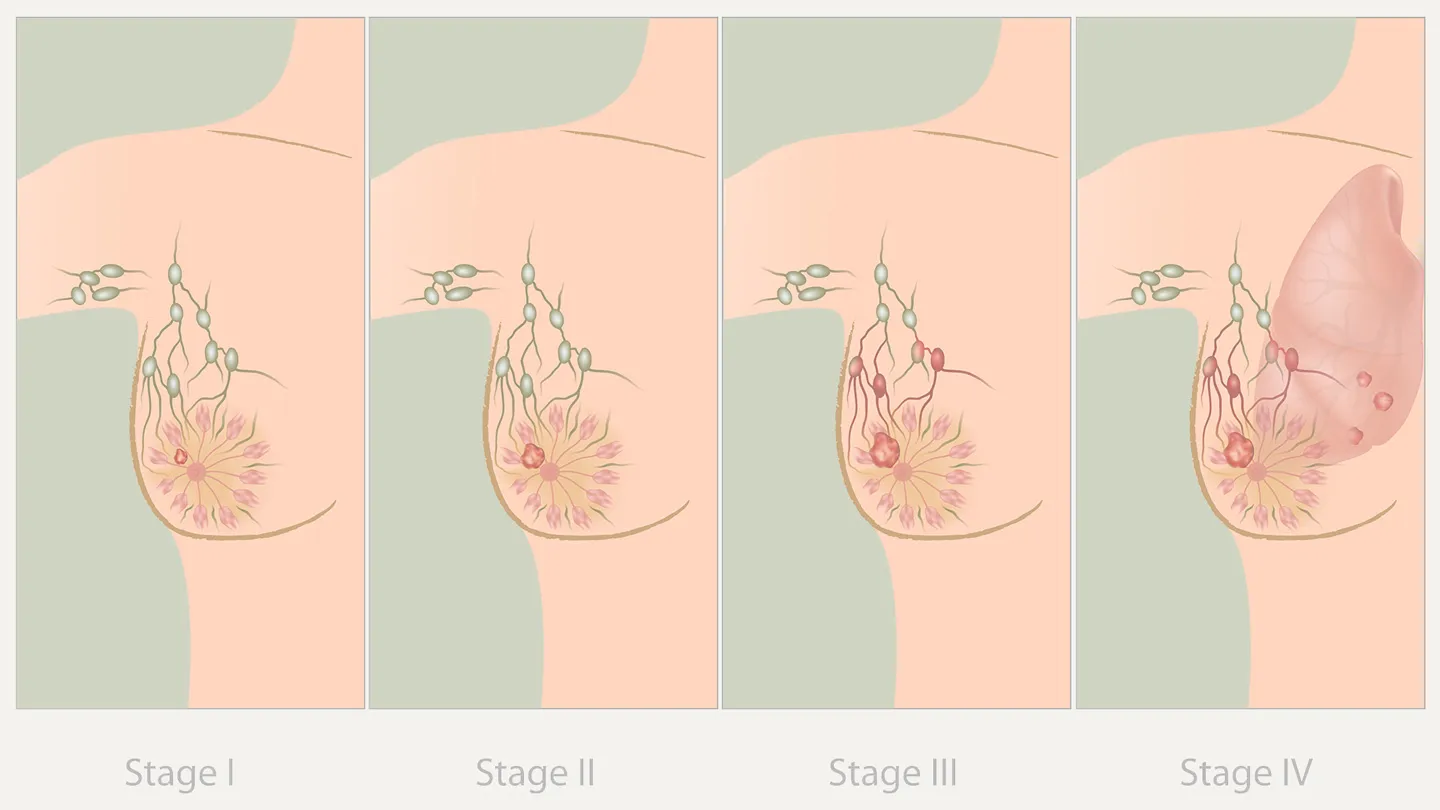
The moment the word “stage” enters the room, silence often follows. People nod without understanding. The number sounds final. It isn’t. Staging doesn’t predict everything. It doesn’t speak to hope. It speaks to location, to spread, to what’s been seen. Many patients only hear “stage three” and nothing else. But each digit hides dozens of details. What’s in a number is more geography than future.
Staging begins with tumor size and whether it has moved beyond its origin
Staging begins with tumor size and whether it has moved beyond its origin. A tumor that stays still behaves differently than one that travels. One centimeter matters. Location matters. But movement matters most. Has it entered blood? Has it touched lymph? The body is not divided by fences. Cells drift. The number tracks how far they’ve drifted—not just where they rest now.
Stage one often signals something small and still contained
Stage one often signals something small and still contained. It hasn’t moved far. It hasn’t challenged the system. In some cancers, stage one means discovery came early. Surgery may suffice. In others, it may still require treatment. But the structure of stage one suggests edges are still visible. The enemy hasn’t learned to hide. That doesn’t promise ease—but it changes the path ahead.
Stage two typically means the tumor has grown but remains close to its original site
Stage two typically means the tumor has grown but remains close to its original site. It hasn’t yet invaded the nearest system. But it’s tested its boundary. Nodes might remain untouched. Or only a few are involved. This number sounds higher—but still may fall within curable ranges. Staging isn’t a ladder. It’s a map. And stage two simply says: the borderlands are under pressure.
Stage three often means lymph nodes nearby have begun to carry cancer cells
Stage three often means lymph nodes nearby have begun to carry cancer cells. It’s not distant. It’s not everywhere. But it’s spreading in familiar directions. The nearest guards are breached. Treatment now often includes multiple approaches. Surgery, chemotherapy, radiation—they combine, not because the battle’s lost, but because it’s widened. At this point, strategy matters more than urgency.
Stage four usually means the cancer has reached organs or tissues beyond its local area
Stage four usually means the cancer has reached organs or tissues beyond its local area. Metastasis defines this number. The primary tumor may still be manageable. But another has begun elsewhere. The original map expands. Treatment shifts. It becomes about control, about time, about management. Stage four doesn’t always mean immediate decline. It means spread. And spread alters the rules.
Some cancers use different systems that don’t rely on four stages
Some cancers use different systems that don’t rely on four stages. Blood cancers, for instance, often follow cell counts or mutation types. Leukemia, lymphoma, and myeloma behave differently. They don’t form tumors in the same way. Their spread isn’t linear. So their staging is also not linear. Patients often get confused when no “stage” is mentioned. But another structure still guides decisions.
The TNM system breaks cancer down into tumor, nodes, and metastasis
The TNM system breaks cancer down into tumor, nodes, and metastasis. T for tumor size. N for node involvement. M for metastasis presence. Each is numbered separately. T1N0M0 means small tumor, no node spread, no metastasis. T3N2M0 means a larger tumor, multiple node spread, no distant movement. These codes create a more detailed staging beneath the headline number. They are the scaffolding of every plan.
A stage doesn’t change, even if the cancer returns later
A stage doesn’t change, even if the cancer returns later. The original stage stays in the record. Recurrence may shift treatment. But the initial number holds. This surprises many. They expect a new stage. But staging reflects the diagnosis moment. After that, the language becomes about recurrence, progression, or remission. The stage is fixed—but everything else moves.
Early stages don’t always guarantee mild treatment or quick recovery
Early stages don’t always guarantee mild treatment or quick recovery. Some low-stage tumors behave aggressively. Some require surgery plus months of therapy. Others vanish after simple excision. The number only explains spread. It doesn’t describe behavior. Biology often surprises. An early number invites optimism—but never simplicity. The path depends on more than digits.
Advanced stages still hold space for response, remission, and time
Advanced stages still hold space for response, remission, and time. Some stage four cases stabilize for years. Others shrink with treatment. New therapies constantly change the landscape. Immunotherapy. Targeted drugs. These didn’t exist decades ago. Now they rewrite outcomes. A number doesn’t set destiny. It sets direction. Response remains deeply individual. What starts at stage four doesn’t always end quickly.
Understanding the number helps patients ask clearer questions
Understanding the number helps patients ask clearer questions. Not “how long,” but “how wide.” Not “is it curable,” but “what is involved.” Family members often need the number explained differently. The patient hears prognosis. The family hears risk. But clarity can reduce fear. It turns vague threat into known challenge. The number doesn’t offer peace—but it offers vocabulary.
Source: Best Oncologist in Dubai / Best Oncologist in Abu Dhabi
